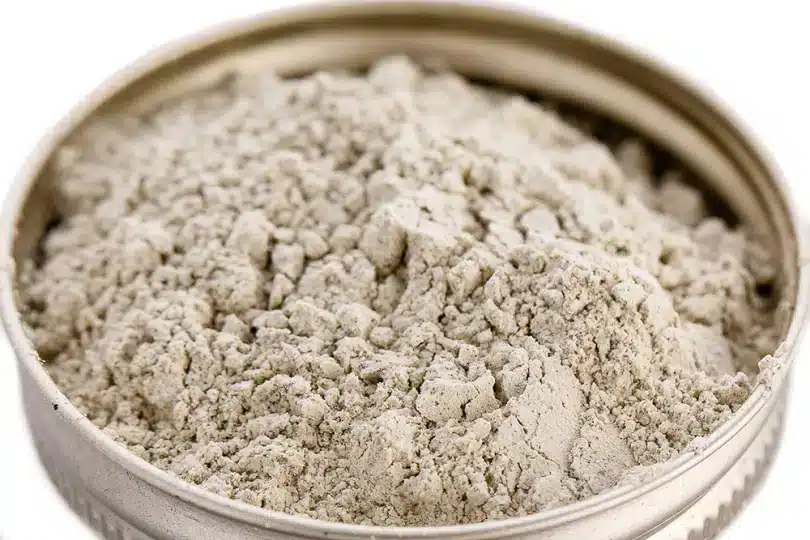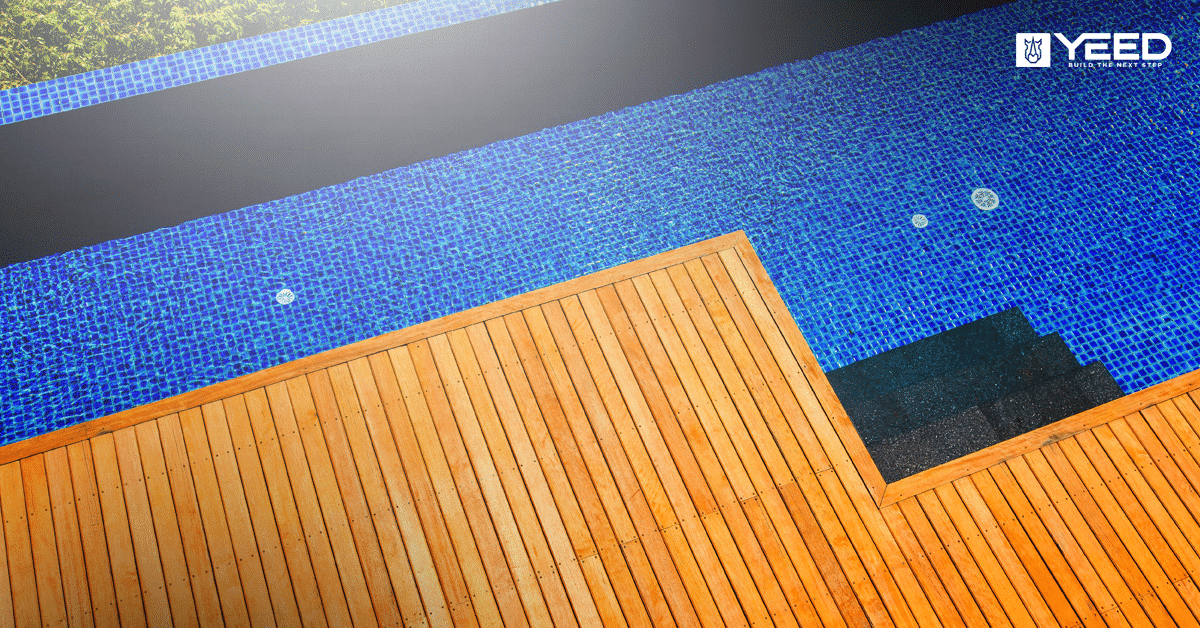How to effectively clean a stain on a wood deck ?
Wooden deck is an aesthetic outdoor feature that adds a natural touch to our living space. However, with time and weathering, it’s inevitable that stains appear on wood, potentially altering its appearance and durability. Fortunately, there are simple, effective methods for removing these unsightly stains and restoring your wood deck to its former glory.
In this article, we offer a practical guide to removing different types of common stains and keeping your wood deck clean and spotless.
- Identify the type of stain: Before you start cleaning, it’s important to determine the type of stain you’re going to treat. Common stains on a wood deck can include grease, oil, mildew, wine, coffee, leaf stains and more. Each type of stain may require a specific approach for effective cleaning.
Cleaning Grease from Wood: Easy and Effective Tips
Wood is a warm, versatile material used in many homes and living spaces. However, it can sometimes be prone to stubborn stains, particularly grease stains. Whether in the kitchen, living room or dining room, grease can accumulate on wooden surfaces, leaving unwanted marks. Fortunately, there are simple and effective methods for removing grease from wood without damaging its delicate surface.
- Use Gentle Soap: To remove grease stains from wood, start with a gentle cleaning. Mix a few drops of mild soap in lukewarm water. Soak a clean cloth in this solution and wring it out well. Then gently wipe the stained area with the damp cloth. Avoid rubbing too hard, as this may scratch the wood. Once the grease has been removed, wipe the surface with a dry cloth.
- Baking soda: Baking soda is an excellent natural cleaning agent. Sprinkle a small amount of baking soda over the grease stain. Then add a few drops of water to form a light paste. Apply this paste to the stain and leave for a few minutes. Then wipe gently with a damp cloth, before drying the area.
- White vinegar: White vinegar is another versatile cleaning ingredient. Mix one part white vinegar with two parts lukewarm water. Soak a clean cloth in this solution and wring it out. Gently wipe the cloth over the grease stain, taking care not to wet the wood too much. The white vinegar will help break down the grease. Once the stain is gone, wipe the area with a dry cloth.4. Terre de Sommières: Terre de Sommières is an absorbent natural clay that can be used to remove greasy stains from wood. Sprinkle Terre de Sommières over the stain and leave it to act for several hours, or even overnight. Then gently brush the soil away with a soft brush and wipe the area with a damp cloth.

Cleaning a wine stain from wood: Practical and easy tips
Enjoying a fine glass of wine can be a delightful experience, but sometimes wine drips or stains accompanied by grease can invite themselves onto your wooden surfaces. Fortunately, there are simple methods for removing these stains and restoring your objects to their original lustre.
- Act quickly: As soon as an accident occurs and you notice a grease or wine stain, act quickly. The longer you wait, the more the stain can set in and become difficult to remove.
- Absorb the excess: Use a paper towel or clean cloth to gently dab the affected area. This will absorb the excess wine, helping to prevent a larger stain.
- Use mild soap: Mix a few drops of mild soap with lukewarm water to create a gentle cleaning solution. Soak a clean cloth in this mixture and gently pat the stain. Avoid rubbing vigorously, as this may spread the stain. Rinse the cloth, wring it out and wipe the area to remove any residual soap.
-Test Before Use: Before applying any cleaning product, it is advisable to test a small, inconspicuous area to ensure that it will not damage the surface.
Microscopic composition of wood: why do stains stick to it so quickly?
Wood is made up of cells, mainly plant cells called “tracheids” and “fibers”. These cells are organized into the woody tissues that make up its structure.
The microscopic structure of wood, with its cell walls and intercellular spaces, makes it naturally porous ( see here: the microscopic anatomy of wood! ). This means that wood can easily absorb liquids and stains, particularly if its surface is not protected by an impermeable finish.
When a liquid or staining substance is spilled on unfinished or poorly protected wood, it can penetrate the pores and soak into the cell walls. Once the stain has penetrated deep into the wood, it can become difficult to remove completely, as it is now integrated into the structure of the wood.

To prevent stains from sticking easily to the wood, we recommend protecting the wood surface with a suitable finish, such as varnish, wax or wood varnish. These finishes create a protective barrier that prevents liquids from penetrating the wood and makes stains easier to remove. By taking care of your wood furniture and applying preventive measures, you can prolong its beauty and durability over time.
To avoid the appearance of stains on wood decks, it’s essential to adopt preventive measures. Here are a few tips to keep your deck looking beautiful:
- Sealing or varnishing wood: Applying a sealer or varnish specially designed for wood decks creates a protective barrier that repels water, oil and other stain-causing liquids.
- Use coasters or tablecloths: When using objects such as flower pots, glasses or dishes on your deck, place coasters or tablecloths under them to avoid direct contact with the wood.
- Avoid the use of potentially staining products: Avoid handling potentially staining chemicals or liquids, such as oil, ink, paint or certain cleaning products, on your wood deck.
- Protect at-risk areas: If certain areas of your deck are more prone to splashes or spills, such as near an outdoor kitchen or barbecue, consider adding mats or drip trays to protect the wood.
- Prune trees and plants: If your terrace is surrounded by trees or plants, be sure to prune them regularly to prevent leaves, fruit or branches from falling and causing stains on the wood.
- Avoid direct heat sources: Avoid placing hot objects, such as portable barbecues or braziers, directly on the wood deck, as this can cause burns or permanent stains.

